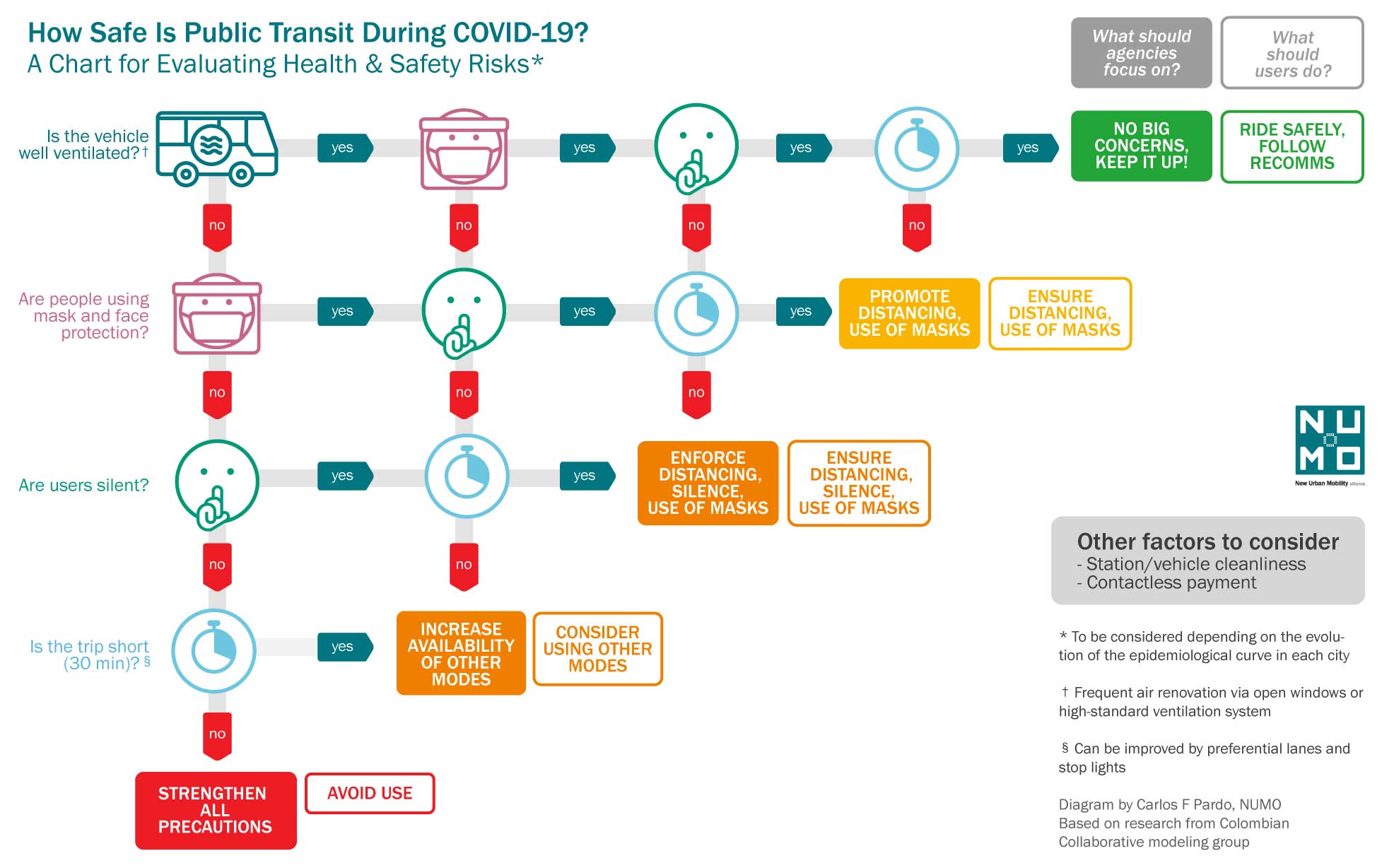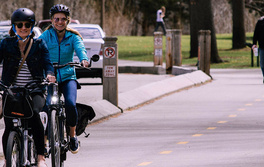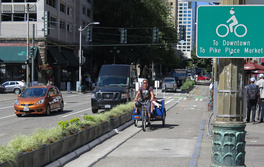
GRAPHIC: Evaluating COVID-19 Safety Risks in Public Transit
GRAPHIC: Evaluating COVID-19 Safety Risks in Public Transit
New Graphic from NUMO Outlines Recommended Actions for Public Transportation Agencies & Transit Users to Evaluate COVID-19 Health & Safety Risks
Public transportation agencies worldwide are rising to the challenge of adjusting public safety guidelines and operations in response to the decimating impacts of the COVID-19 pandemic, which include unprecedented ridership and financial losses. While no research has found transit to be linked to any significant transmission of the virus, there remains a general mistrust of shared transportation among users.
To assist public transportation agencies in communicating to the public regarding the safety of their systems, NUMO (the New Urban Mobility alliance) has developed a graphic outlining the relationship between five key factors that, when combined, determine a safe return to higher occupancies in public transit operations while preventing transmission.

The key factors, listed below, were identified in research published by the Collaborative Group for Modeling COVID and Mobility in Colombia:
- User behavior related to masks, eye protection and traveling in silence to reduce airborne transmission
- Type of vehicle ventilation system and frequency of air renewal
- Proximity of riders
- Trip duration
- Cleaning and disinfecting of high-contact surfaces
The graphic provides public agencies with concrete recommendations for mitigating risk of transmission as well as adapting their own guidelines and mandates regarding safe operating conditions. Additionally, the graphic addresses transit users by laying out actions they can take to evaluate health and safety risks based on the specific operating conditions of the vehicle, behavior of other users and trip duration.
“While earlier recommendations regarding COVID-19 and public transit were alarming, we know now that those initial warnings were not based on actual incidents of transmission on transit. Findings from the last six months have demonstrated that the factors determining health and safety risks are far more varied than just distancing,” said Carlos Pardo, NUMO senior advisor. “Overall, transit typically has good ventilation and air replacement, and is quite safe when key risk mitigation factors are combined.”
Download the graphic in English and Spanish. Please direct media inquiries to Madlyn McAuliffe at madlyn@numo.global.
About NUMO
NUMO is a global alliance that channels tech-based disruptions in urban transport to create joyful cities where sustainable and just mobility is the new normal. Founded in 2019 as an outgrowth of the Shared Mobility Principles for Livable Cities, NUMO convenes diverse allies and leverages the momentum of significant revolutions in mobility to target urban issues — including equity, sustainability, accessibility and labor — impacted by the shifting transportation landscape. NUMO is hosted by WRI Ross Center for Sustainable Cities. For more information, visit www.numo.global.
Header image: Elvert Barnes / Flickr




